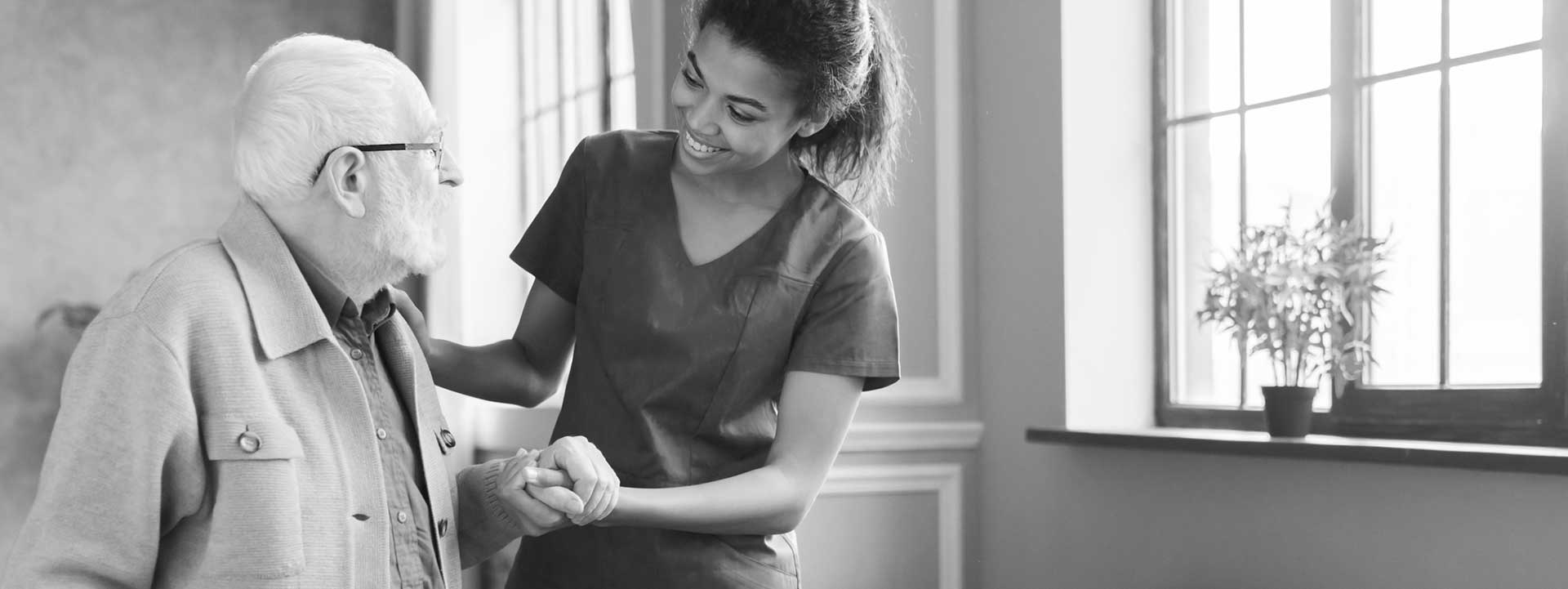On Your Feet: Common Foot Problems for Seniors

Did you know that each foot contains 26 bones and 33 joints, along with a multitude of muscles, tendons, and ligaments? Given their complex structure and the stress they endure throughout a lifetime, it’s no surprise that our feet often show signs of wear as we age. From countless hours spent walking and running to navigating varied terrains and standing positions, our feet truly take a beating.
As we grow older, the skin and fat padding on our feet tend to thin out, reducing cushioning. Additionally, circulation and sensitivity in the feet may diminish, and bones can become more fragile, making them more prone to injuries such as sprains, fractures, and other minor ailments like blisters or cuts. These issues can significantly affect your mobility and comfort, highlighting the importance of foot care as a crucial aspect of overall health.
Table of Contents
Inspect Your Feet Daily
Taking a moment each day to examine your feet can make a significant difference in preventing complications. Use a long-handled mirror to check the sides and bottoms of your feet, or seek assistance from a family member or caregiver. Pay attention to any changes in color, texture, or sensation, as these could indicate health issues. Regularly look for cuts, sores, bruises, blisters, or swelling.
Move Your Feet
Avoid sitting or standing in one position for extended periods. Engage in simple activities like rotating your ankles, stretching your feet, walking around, and elevating your feet when resting. These actions help enhance circulation and minimize swelling. Consider a gentle foot massage to alleviate muscle soreness, reduce edema, and stimulate blood flow.
Keep Nails Trimmed
Maintaining trimmed toenails is essential to prevent painful conditions like ingrown nails, which can impede your walking ability. It’s easier to cut nails after bathing when they are softer. If your nails are thickened, discolored, or brittle, these could be signs of underlying health issues that need attention.
Use a Moisturizer
Apply a moisturizer after bathing to help lock in moisture and improve the condition of your feet’s skin. Use creams specifically formulated for dry, cracked, or calloused feet to smooth and soften rough areas, ensuring your feet remain healthy.
Wear Good Fitting Shoes
While it might be tempting to continue wearing old, familiar shoes, they can lose shape and effectiveness over time. As you age, your feet might also change in size. Ensure your shoes fit well, providing a snug but comfortable fit without being too tight. Shoes that are either too loose or too tight can cause issues such as blisters or sores. Choose shoes with firm soles for stability and protection, and ensure they have good traction to reduce the risk of slips and falls.
Be Proactive about Your Foot Health
Do not ignore any changes or discomfort in your feet. Discuss any foot-related concerns with your doctor to receive appropriate care. An in-home caregiver can assist with routine foot care tasks, such as moisturizing, nail trimming, and checking for any abrasions or sores. They can also help manage doctor’s appointments and transportation, providing a safer living environment. Contact Always Best Care Milwaukee at +1 262-668-8139 to schedule a free consultation and learn more about how you can benefit from in-home care.





